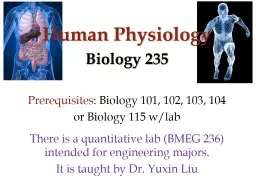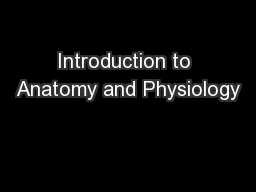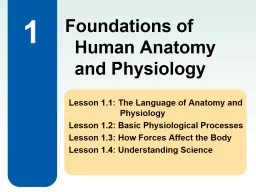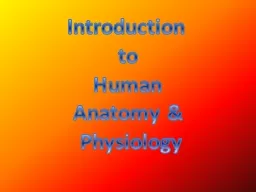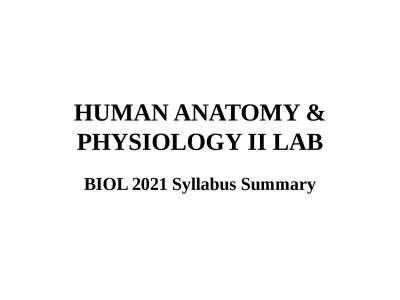PPT-Human Physiology Biology 235
Author : luanne-stotts | Published Date : 2018-10-28
Prerequisites Biology 101 102 103 104 or Biology 115 wlab There is a quantitative lab BMEG 236 intended for engineering majors It is taught by Dr Yuxin Liu Office
Presentation Embed Code
Download Presentation
Download Presentation The PPT/PDF document "Human Physiology Biology 235" is the property of its rightful owner. Permission is granted to download and print the materials on this website for personal, non-commercial use only, and to display it on your personal computer provided you do not modify the materials and that you retain all copyright notices contained in the materials. By downloading content from our website, you accept the terms of this agreement.
Human Physiology Biology 235: Transcript
Download Rules Of Document
"Human Physiology Biology 235"The content belongs to its owner. You may download and print it for personal use, without modification, and keep all copyright notices. By downloading, you agree to these terms.
Related Documents

